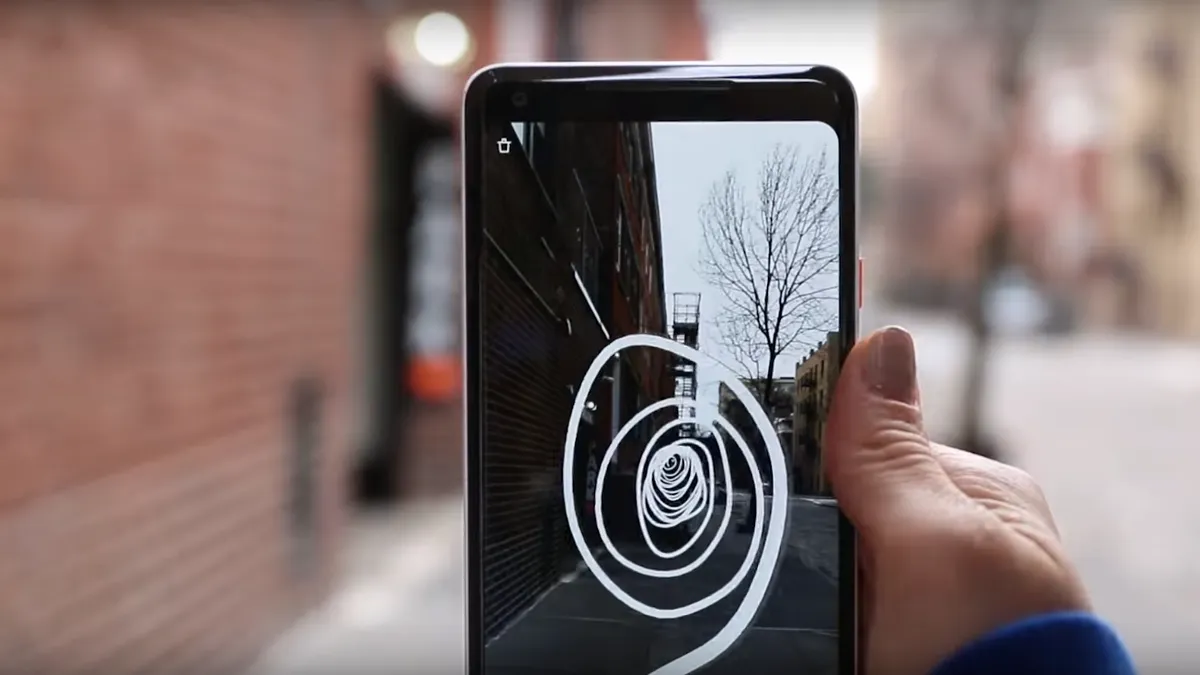Dive Brief:
- In an effort to improve chemistry instruction, publisher McGraw-Hill is working with ed tech startup Alchemie to develop augmented reality (AR) tools for the classroom, with funding for the project coming from a National Science Foundation grant, EdScoop reports.
- The AR tools are currently in the research and development phase, and the plan is ultimately to embed them in McGraw-Hill's courseware and learning platforms, though they'll initially be available to download on Apple and Android devices.
- The effort is aimed at better helping students embed science, technology, engineering and mathematics (STEM) learning goals, making it easier for them to visualize concepts and gain deeper understanding of these subjects.
Dive Insight:
Augmented reality is fast-moving into the educational space, having most notably gained a toehold with consumers in gaming. For example, people were spending more time on Niantic’s Pokémon Go, a mobile game that places AR creatures over real world scenes, then on social media sites including WhatsApp, Instagram and Snapchat, during the height of its popularity.
Today, AR is a tool some teachers have started using in the classroom, helping to make content more visually appealing and tangible. Unlike virtual reality, which fully immerses users in another visual space, AR puts augmented digital content into an existing environment. In science classes, AR can overlay three-dimensional images, allowing a chemical compound, for example, to be visually examined from all angles as opposed to being rendered and seen in just two dimensions.
Rather than replacing hands-on learning opportunities, AR is something to consider as an add-on. For starters, any classroom with tablets or mobile phones that have cameras can take advantage of AR. While VR requires additional headsets — which can also now be purchased relatively inexpensively — AR is a tool that is readily available as long as there's a device.
And while certainly not every school has smartphone or tablet sets for students, they can still get a taste of the technology if even one device is available. Unlike VR, AR imagery can see by as many students as can crowd around a device: the augmented image is visible through the screen.
While programs like those offered by McGraw-Hill will dovetail with learning goals, there are other inexpensive AR programs available online that educators and administrators can try out to see if the technology is something they want to consider using in theclassroom. Among them: The Elements, a classic, which is $8.99 per download for iOS devices, and the $3.99 Frog Dissection.












